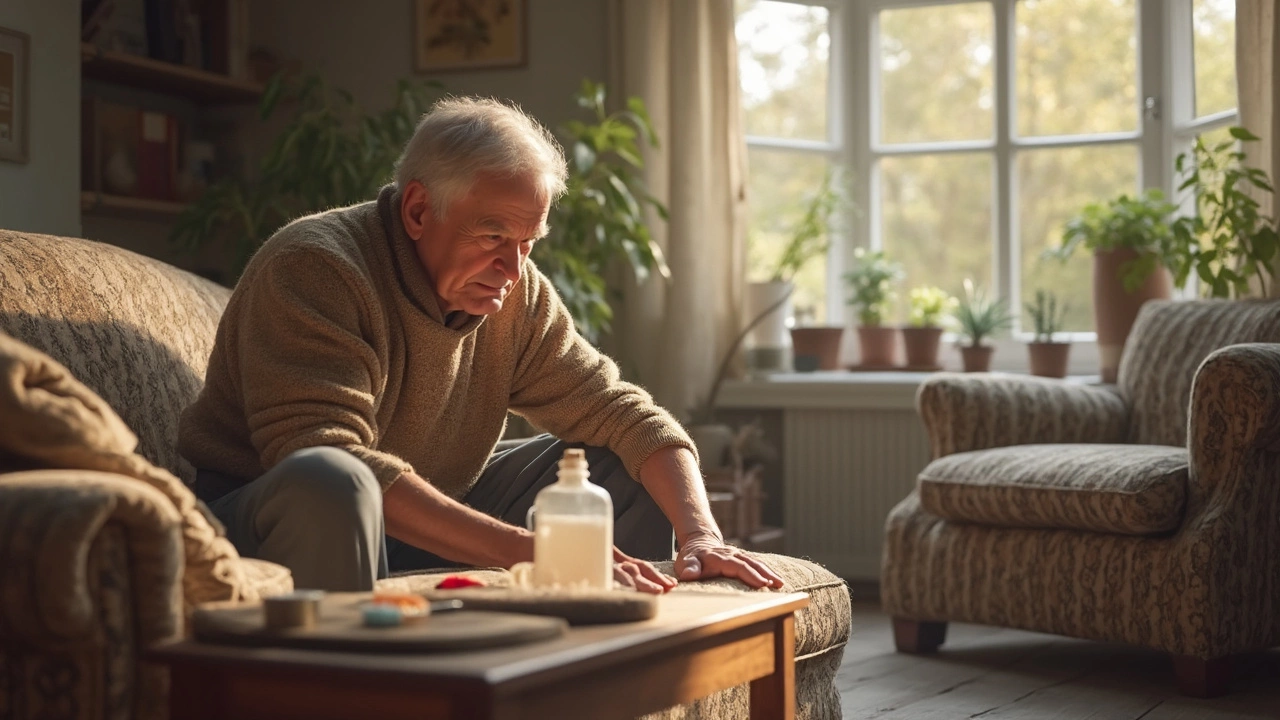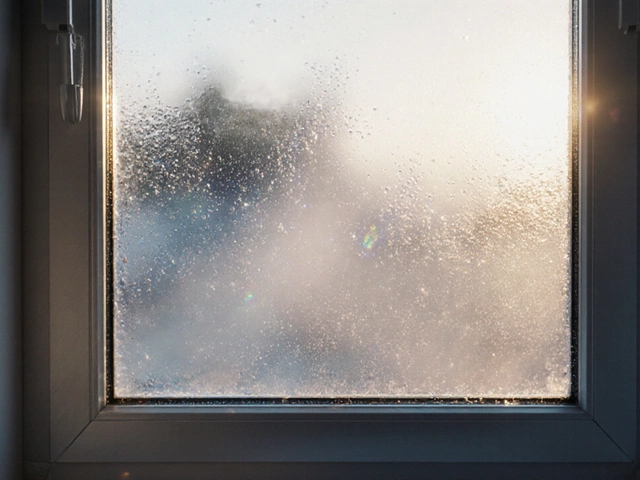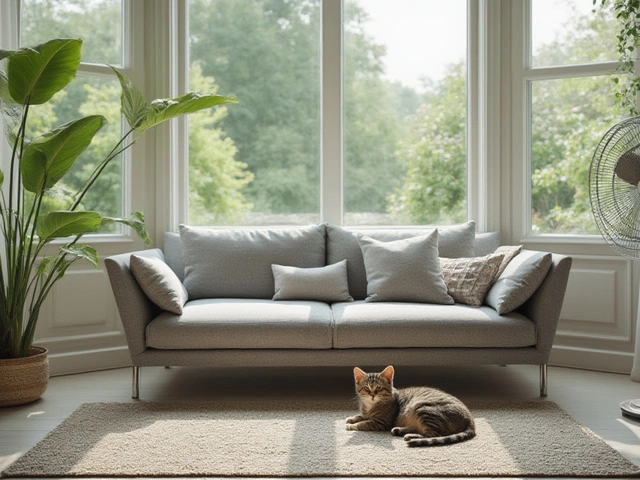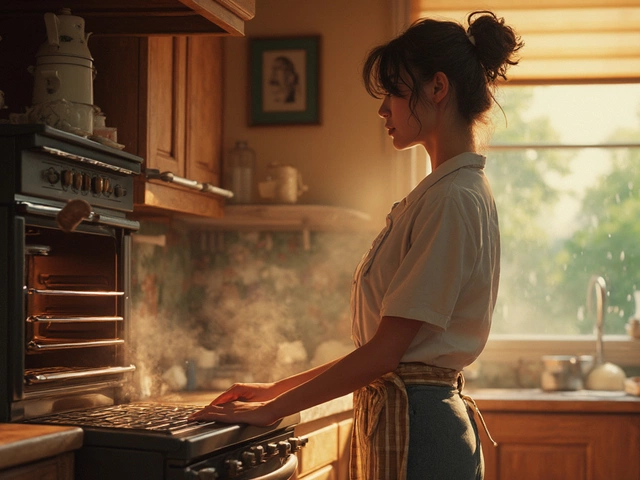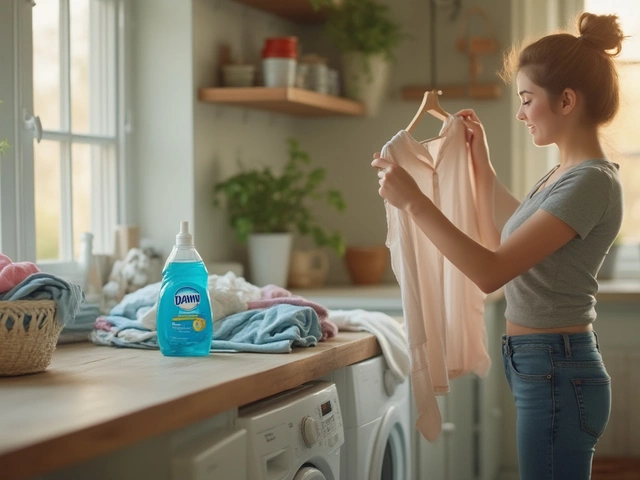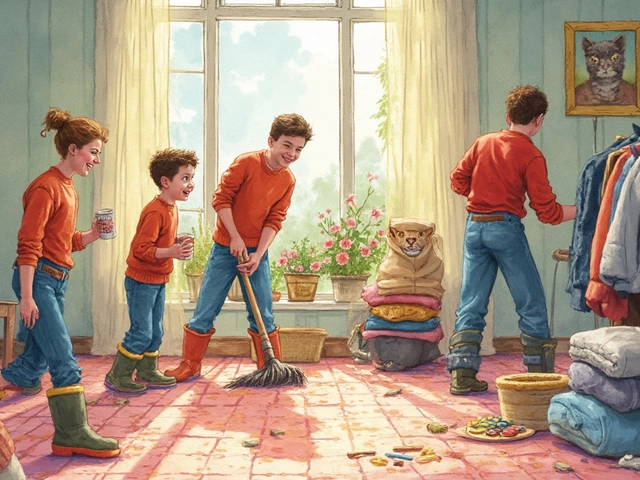Old Furniture: How to Restore, Clean, and Preserve Vintage Pieces
When dealing with Old Furniture, pieces that have lived through years of use and often need special care to look their best again. Also known as vintage furnishings, it demands the right approach to keep its character alive. The process usually brings in Upholstery cleaning, removing dust, stains, and grime from fabric or leather surfaces, DIY cleaning solutions, home‑made mixes like baking soda, vinegar, or lemon that cut grease without harsh chemicals and Eco‑friendly cleaning, environmentally safe products that protect both the furniture and the planet. Understanding how these elements fit together helps you turn a tired heirloom into a show‑stopping centerpiece.
Why Wear and Tear Matters and How to Fight It
Every piece of old furniture shows signs of wear and tear – scratches, faded finishes, loose joints – that tell a story but also threaten durability. The first step is assessing the damage: identify cracked paint, swollen wood, or worn fabric. Knowing the exact issue lets you choose the right remedy, whether it’s a gentle sandpaper for wood, a wood filler for gaps, or a fabric protector for upholstery. A well‑planned restoration reduces future wear, extends the lifespan, and keeps the piece looking fresh for years.
Restoration isn’t just about fixing visible flaws; it also involves preparing the surface for cleaning. Dust and grime act like a barrier that hides imperfections, so a thorough vacuum or soft brush is essential before any liquid solution touches the wood or fabric. This preparation stage links directly to Upholstery cleaning – without it, stains can set deeper, and cleaning agents may spread dirt instead of removing it.
When you move to the cleaning stage, DIY cleaning solutions shine. A paste of baking soda and water can lift stubborn grease from a wooden table without stripping the finish. For fabric, a mixture of white vinegar and a few drops of dish soap breaks down oily spots while staying gentle on fibers. These recipes avoid the harsh chemicals that can degrade antique finishes, aligning perfectly with the Eco‑friendly cleaning philosophy that protects both the piece and indoor air quality.
Special tools also play a role. Soft‑bristled brushes, microfiber cloths, and low‑speed rotary tools give you control without causing scratches. If the piece has metal hardware, a light oil spray prevents rust and keeps hinges moving smoothly. Each tool contributes to a bigger picture: a systematic, low‑impact approach that respects the original craftsmanship while delivering a modern shine.
Putting all these steps together – assessing wear, prepping surfaces, applying safe DIY formulas, and using the right tools – creates a reliable workflow. You’ll find that the same principles appear across many of our guides, from deep‑cleaning ovens to restoring stained carpets. The consistency means you can pick the method that fits your skill level, whether you’re a weekend DIYer or a seasoned restorer.
Ready to see how these ideas play out in real projects? Below you’ll find a curated collection of articles that walk you through specific cleaning formulas, explain how to tackle stubborn stains on upholstery, and share profit‑driving tips for anyone thinking of turning a hobby into a side‑business. Dive in and start giving your cherished pieces the care they deserve.
